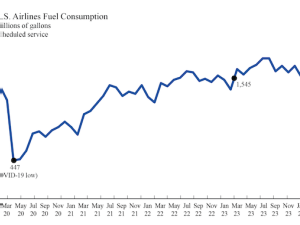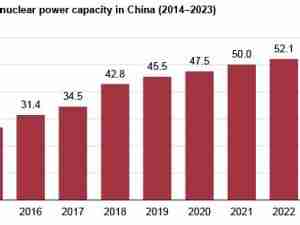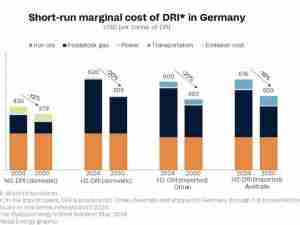The Indian trading house Adani Resources Ltd. has just reached an agreement with the Queensland government on royalty payments for the Carmichael coal mine, which the company is considering building in northeastern Australia. As one of the largest thermal coal mines in the world, it would exert a country-sized impact on global carbon emissions during its 60-year life. As the company decides whether to go ahead, it will need to keep in mind three relevant energy trends.
First, Australian coal remains cheaper than natural gas – but not hugely so. Since 2011, coal has been as high as $5.38 per million British thermal units and gas as high as $13.96/MMBtu. However, since 2014, gas has fallen below coal’s peak prices. Thanks to U.S. exports, the world may soon be flooded with natural gas, and that means gas prices aren’t likely to be spiking upward.
Second, in the past year, the cost of solar generation in India has fallen by more than half. The country’s competitive auctions for solar power have pushed prices below 2.5 rupees ($0.04) per kilowatt-hour. While much experience with energy auctions has taught Bloomberg New Energy Finance to be skeptical of ultra-low bids, the trend is important. Solar is cheap and getting cheaper, and at a certain point it becomes hard to turn down as a marginal unit of new power generation.
The third trend has to do with the broader energy market in India. Solar at 4 cents undercuts the cost of other major generation sources. By BNEF’s calculations of the so-called levelized cost of energy , solar has become significantly cheaper than new gas and coal-fired power. (Oh, and wind is also slightly cheaper than coal.)
As my colleagues say in a research note, “Cheap and plentiful PV could lead to a strategic rethink on how India meets its future demand for electricity.” And analysts aren’t the only ones who think so. Indian power market players also say that solar’s cost trend may limit the expansion of conventional power generation.
To be sure, coal-fired power is in India to stay. It will probably even increase in absolute terms as electrification expands with the economy. At the same time, India’s domestic coal production is increasing, pushing its prices down about 10 percent lower than those of Australian imports. This differential might not be an issue for Adani Enterprises, which intends to export only to its own power projects on the coasts, where imports are still cheaper than domestic supply. But new infrastructure connecting inland Indian mines to the coasts could change that math during the lifetime of the Carmichael mine.
Imported coal today faces cost competition from natural gas, renewables and domestically mined coal. It’s a dynamic market that presents challenges for the Adani board as it decides whether to invest in a 60-year asset.
Weekend reads
- The two largest coal-fired power plants in New Jersey shut down for good June 1.
- The last coal plant in Massachusetts closed May 31 – and with it, coal has disappeared from New England.
- Gadfly’s David Fickling on an Exxon Mobil shareholder vote that shows how funds fire up real climate change.
- Colorado’s utility regulators will require the state’s largest power company to price the effects of its carbon emissions.
- U.S. insurance and re-insurance losses from severe storms have passed $10 billion for the 10th consecutive year … and it’s only May.
- Mary Meeker of the venture capital firm Kleiner Perkins is out with her latest Internet Trends report, all 355 slides of it.
- A survey of artificial-intelligence researchers shows that most expect machines to exceed humans in about 45 years – coincidentally, about the length of a working life.
- Economist Brad DeLong says that “the combination of coming AI with a market economy will be absolute poison for equity and equitable growth.”
- Venture capitalist Marc Andreessen says that self-driving cars will create many more jobs than they eliminate.
Get Sparklines delivered to your inbox every week. Sign up here .
This column does not necessarily reflect the opinion of the editorial board or Bloomberg LP and its owners.
Nathaniel Bullard is an energy analyst, covering technology and business model innovation and system-wide resource transitions.
- Levelized cost is a measure of an energy project’s lifetime costs (including development, finance, construction, fuel and operations and maintenance) divided by its lifetime energy production.









